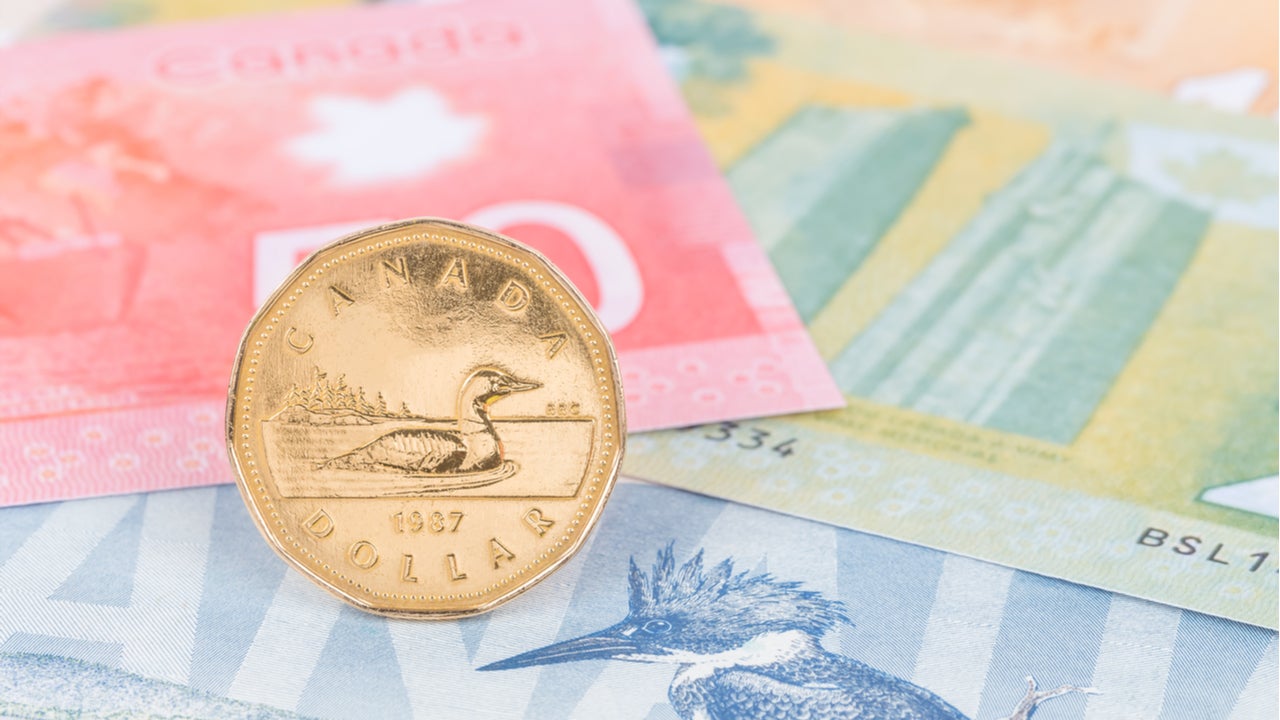Economists expect inflationary pressures in both countries to moderate and fully converge as transitory impacts fade.
Beata Caranci
Beata Caranci, chief economist and senior vice president at the TD Bank Group, shared an article on inflationary pressures being felt by both Canada and the US, but prices pressures being felt stronger south of the border. Governments have started lifting public health measures and vaccinating swathes of population as the Covid-19 pandemic finally shows signs of ebbing away. A Canadian report highlights how prices pressures are being experienced by both the countries and its implications for the future.
The report highlighted that as of May, the year-over-year US inflation rate was running about 1.5 percentage points stronger post pandemic. Economists believe such a wide gap is unusual as inflation rates characteristically follow similar dynamics in the two countries.
As the Canadian economy picks pace in the coming months, contributed hugely by the robust vaccinations, a narrowing in the US-Canada inflation gap is expected, with the Canadian year-over-year rate set to peak in the third quarter of 2021.
Inflation is picking up both in Canada and the U.S., but price pressures have been more acutely felt south of the border. Our latest Canadian report examines inflation in both countries, and implications for the future.
https://t.co/pee24HroZb— Beata Caranci (@TD_Economics) July 13, 2021
How well do you really know your competitors?
Access the most comprehensive Company Profiles on the market, powered by GlobalData. Save hours of research. Gain competitive edge.
 Company Profile – free sample
Company Profile – free sampleThank you!
Your download email will arrive shortly
Not ready to buy yet? Download a free sample
We are confident about the unique quality of our Company Profiles. However, we want you to make the most beneficial decision for your business, so we offer a free sample that you can download by submitting the below form
By GlobalData
Ludovic Subran
Ludovic Subran, chief economist at Allianz, retweeted an article on how European households spend their excess savings to determine whether the economic recovery marks a return to the pre-Covid growth path or ushers in a more inclusive and sustainable recovery. Economists believe that the best option for policymakers is to channelise the households’ cash buffers in long-term green investments and digital transformations.
Reduced spending mainly on services during the pandemic has contributed to the swelled European households’ savings by $530bn in 2020 alone. In addition, renewed restrictions in the first half of 2021 may have contributed another $235.6bn to the total savings.
As Covid restrictions ease, households have begun spending, but experts state that much of excess savings have been accumulated by the rich who tend to consume less. Moreover, it is being speculated that most households will regard the excess savings as a positive wealth shock. As a result, households will remain cautious about the lasting effects and spend less.
How European households use their excess savings will help determine whether the recovery marks a return to the pre-crisis growth path or ushers in a new era of inclusive and sustainable prosperity, says @Allianz Chief Economist @Ludovic_Subran. https://t.co/BZc6h3Bm3S
— Project Syndicate (@ProSyn) July 13, 2021
Ioana Marinescu
Ioana Marinescu, an assistant professor of public policy at the University of Pennsylvania School of Social Policy and a faculty research fellow at the National Bureau of Economic Research, retweeted an article on the hospitality and food service industry struggling to find workers as the pandemic fades, but many labour economists and recent studies state that there isn’t a worker shortage problem, but a wage shortage problem.
According to data, more than 75% of food service workers are considering leaving the industry due to low wages and tips. Economists further state that worker shortage is not just a reflection of meagre wages but also how the Covid-19 pandemic pushed working mothers out of the labour force to take care of their families and children. However, many have returned to work nevertheless and taken up childcare responsibilities.
Economists also believe that workers are refusing to return to work post Covid due to bad jobs, implying poor wages and poor working conditions.
LIVE now: The hospitality and food service industry is struggling to find workers, but many labor economists and advocates say there isn’t a worker shortage — it's a wage shortage.
Join us w/@PennSP2 prof. @mioana + @onefairwage president @SaruJayaraman. https://t.co/7iAfXAky31
— Your Call Radio (@yourcallradio) July 13, 2021









Related Company Profiles
Allianz SE